In the January issue of 10-4, the “Trucking Around the World” feature focused on and waved farewell to the Freightliner Argosy, which will no longer be available after this year. To briefly recap, the truck was built and assembled in Freightliner’s North Carolina plant exclusively for the Australian and New Zealand markets. A large amount of the competition to the Argosy in these two countries was another American designed COE – the Kenworth K series.
Just like the Argosy, the K series would eventually become a U.S. reject which found favor “down under” where both truck models had a lucrative second career. The one difference between the two marquees was that the K series was actually built in Australia, at Kenworth’s Bayswater Production Facility near Melbourne, beginning in 1971. The K model had been around since the 1950s in the U.S. and was a very popular truck (lots of them were sold worldwide). After several model changes and updates, the Australian Kenworth K200 cabover truck was launched around 2010.
The latest model K200 has the extremely popular six-cylinder Cummins X15 diesel engine, available with the basic downrated 485-hp version up to the more powerful and optional 600-hp model. The motor complies to all of the latest European emissions standards. The standard 6×4 chassis has the Eaton 18-speed manual gearbox, and the Eaton Ultrashift Plus 18-speed automatic is offered as an option. Dana, Meritor and Sisu provide the standard and optional final drive axles. The braking system is drum as standard and disc as optional. Enhanced safety features include a standard Antilock Brake System (ABS) along with a host of other systems, like the Electronic Brake Safety System (EBSS) as additional options.
The Bayswater plant offers chassis configurations of 6×4, 8×4, 8×6 and 10×6 to satisfy most aspects and rigors of Australian hauling. There are four cab types starting with the basic flat roof day cab, which can have a sleeper added behind it, and there are two aerodynamic roof sleepers of different sizes. Cab entry and exit is easy (according to Paccar) using the aluminum steps with three risers and a full-length top step, along with two vertical and one horizontal grab rails on the side. The very latest improvement to this area is the Active Cab Entry (ACE) option, which allows the step assembly to swing outwards, electronically, at the flick of a switch.
The interior of the K200 is as good as it gets, with up-to-the-minute modern styling. This is evident in the functional wrap-around instrument panel covered in walnut effect. As an option, operators can order the “Smart Steering Wheel” which includes buttons for the engine brake and cruise control. Most of the cab interior has good quality, soft plush upholstery, and the bunk area is well appointed, as well. The view of the road has been upgraded on some models with a one-piece windshield. Most operators know that a one-piece windshield is very costly to replace, so Kenworth still makes the old-style two-piece version available, if someone so desires it.
Marley’s Transport out of Hope Valley in Perth (Western Australia) is a big operator of Kenworth conventional and COE trucks. They have more than 50 K series rigs of various models, including several K200s. The Marley family company was established in 1969, and last year they celebrated their 50th anniversary. Today, they have 70 trucks total hauling grain, fertilizer, livestock, lime, raw materials and animal feed. Founder Frank Marley remembers, after buying his early U.S. style COEs, that they fully-suited his particular needs. About buying Kenworths, Frank said, “They are a well-made truck, and very lightweight, too. We have always liked Cummins engines and have specified them for years because they are reliable, economical and very good pullers.”
In the previously mentioned article in the January 2020 issue of 10-4, I made the incorrect statement that the K200 was the last U.S. designed Class 8 COE in existence. But there is another truck I overlooked. The International 9800i Eagle series is still manufactured in Brazil for the South American market, as well as Australia and New Zealand.
International has been present in Australia since 1904, but parent Navistar suspended operations to concentrate on the North, Central and South American markets in 2011. At that same time, a New Zealand company called Intertruck Distributors was assembling International trucks imported from America. Things changed in 2016, and International resumed operations in Australia. Today, their Melbourne manufacturing plant builds and sells their ProStar series of conventional tractors.
Although Intertruck is a separate entity, with backing and scrutiny from Navistar, they have developed a New Zealand assembly plant. Included in the development are state-of-the-art bake ovens and engineering workshops with the capacity to assemble 300 trucks per year. The company, under the guidance of Navistar, assembles the LoneStar and ProStar models, along with the 9800, for those operators who prefer the COE type of tractor. The 9800 has been seriously updated to become the Eagle 9870. Both the chassis options and the powertrain are virtually the same as the K200. So, what was thought to be the last remaining U.S. style Class 8 COE in the world – the Kenworth K200 – now has a rival, and it comes in the shape of the International 9870.

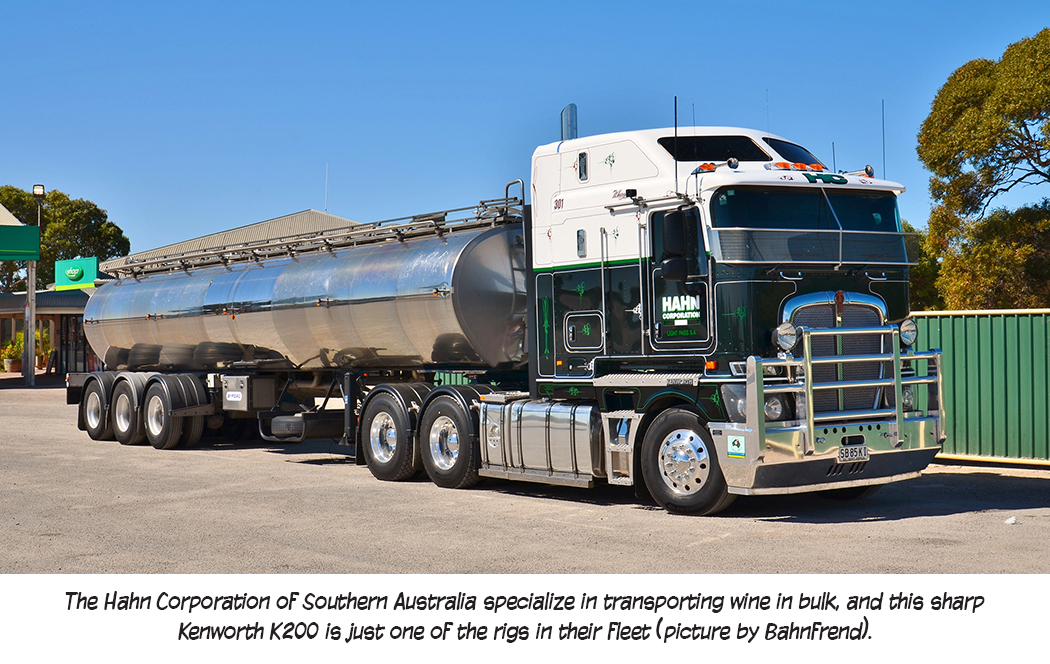
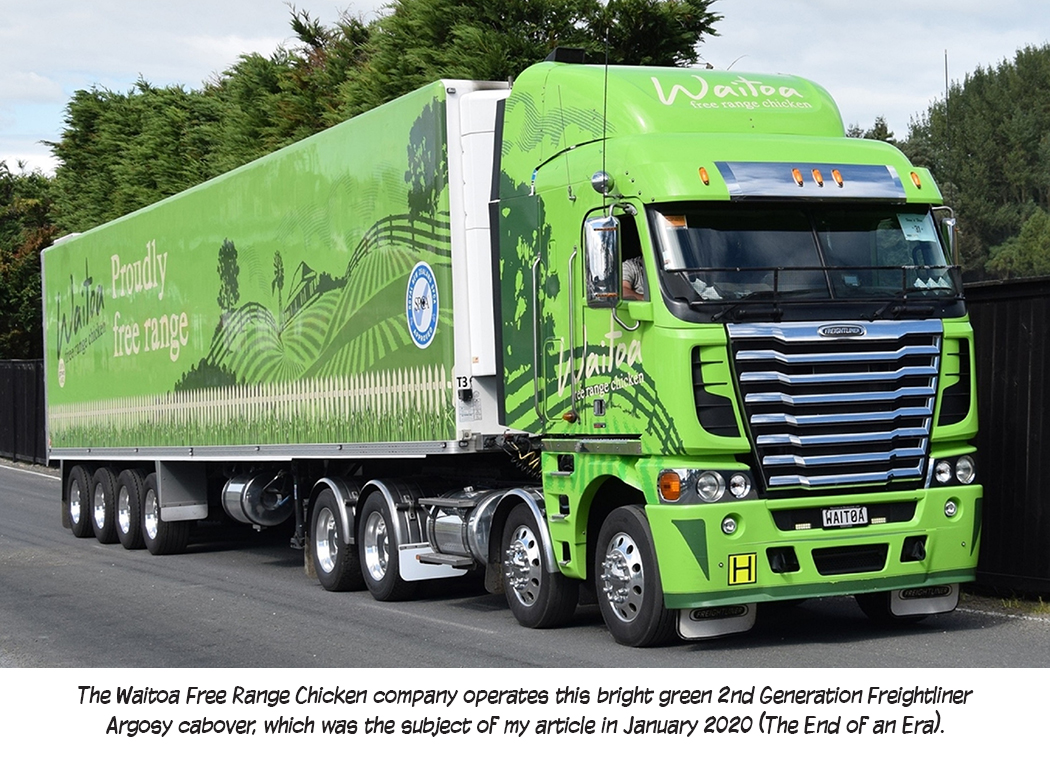

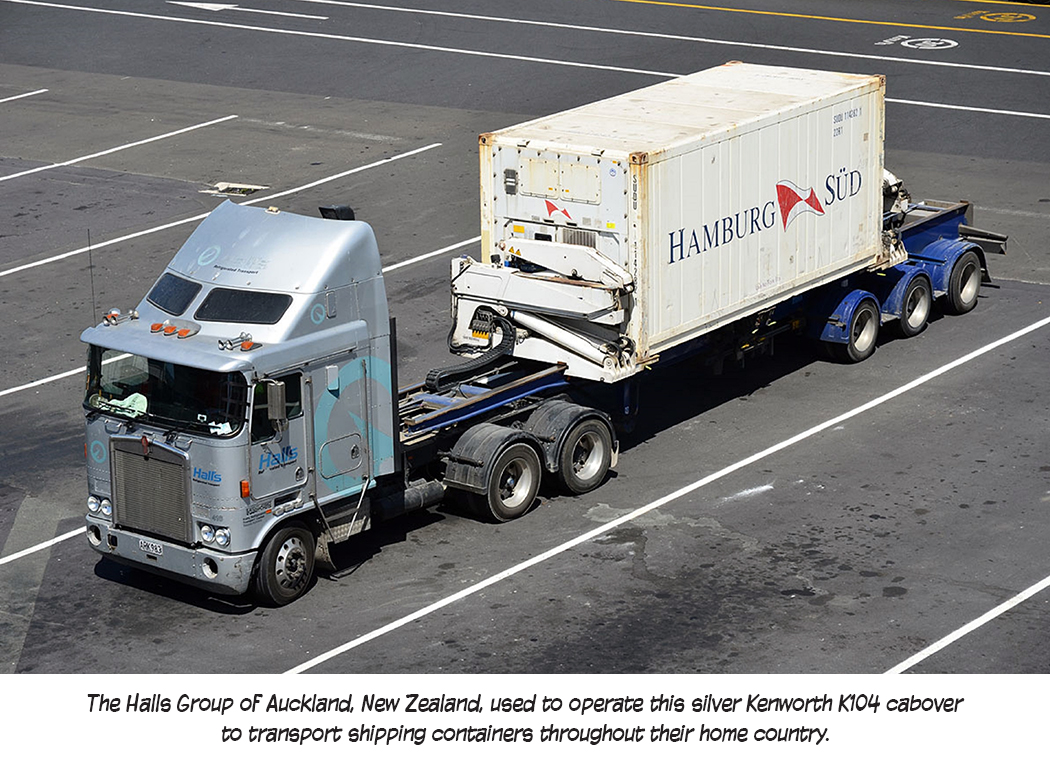
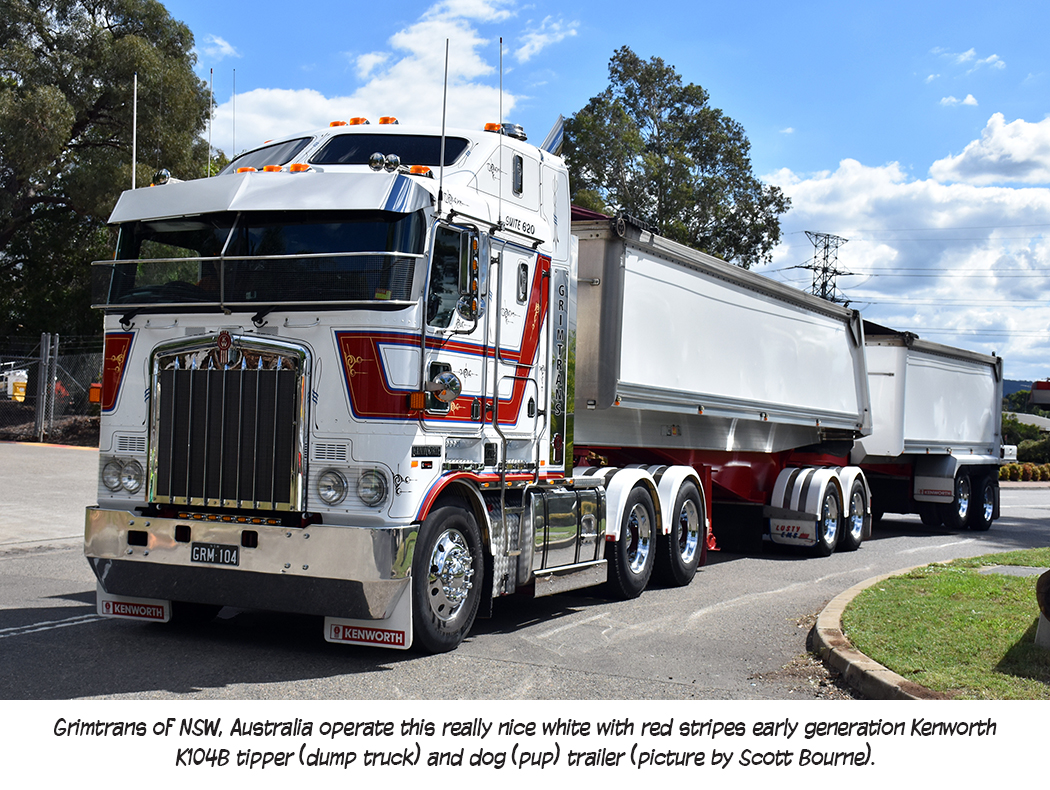
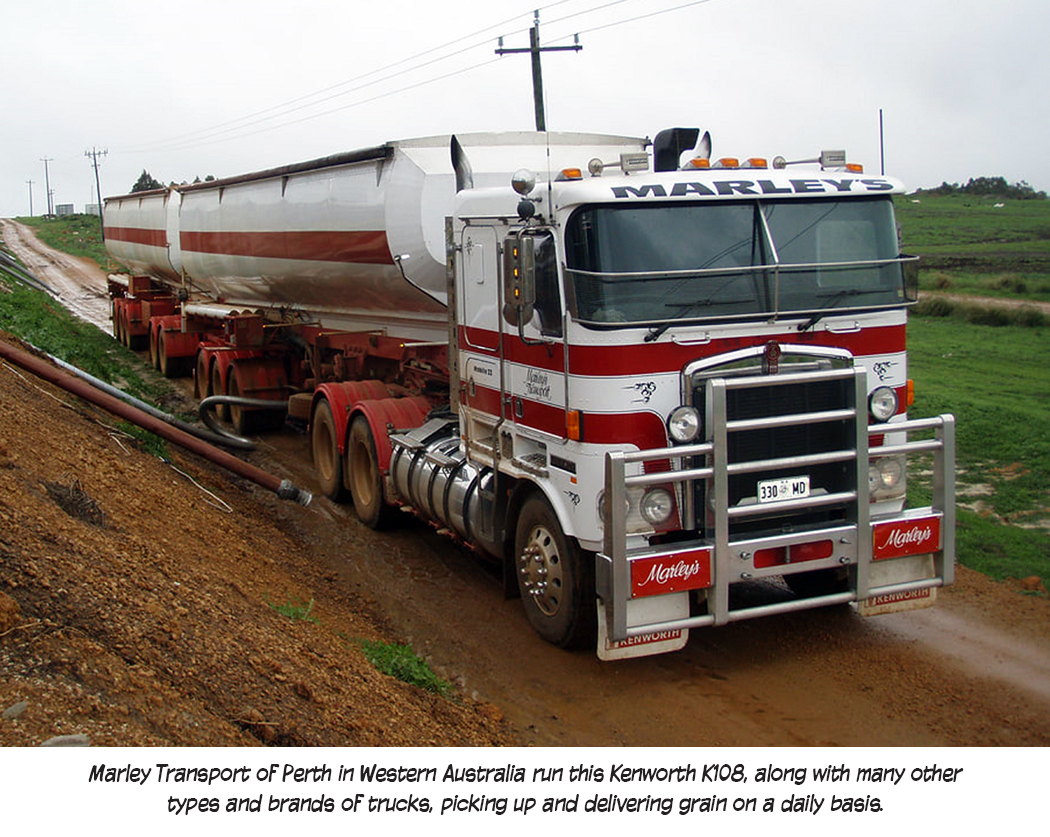
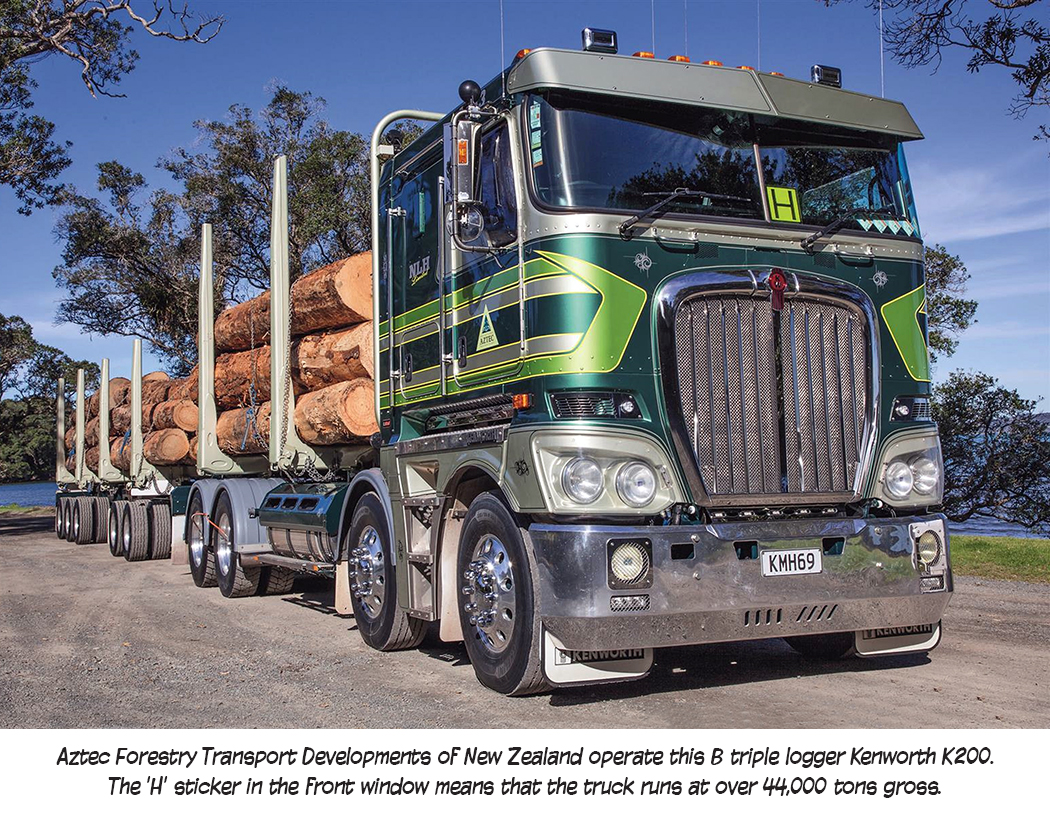
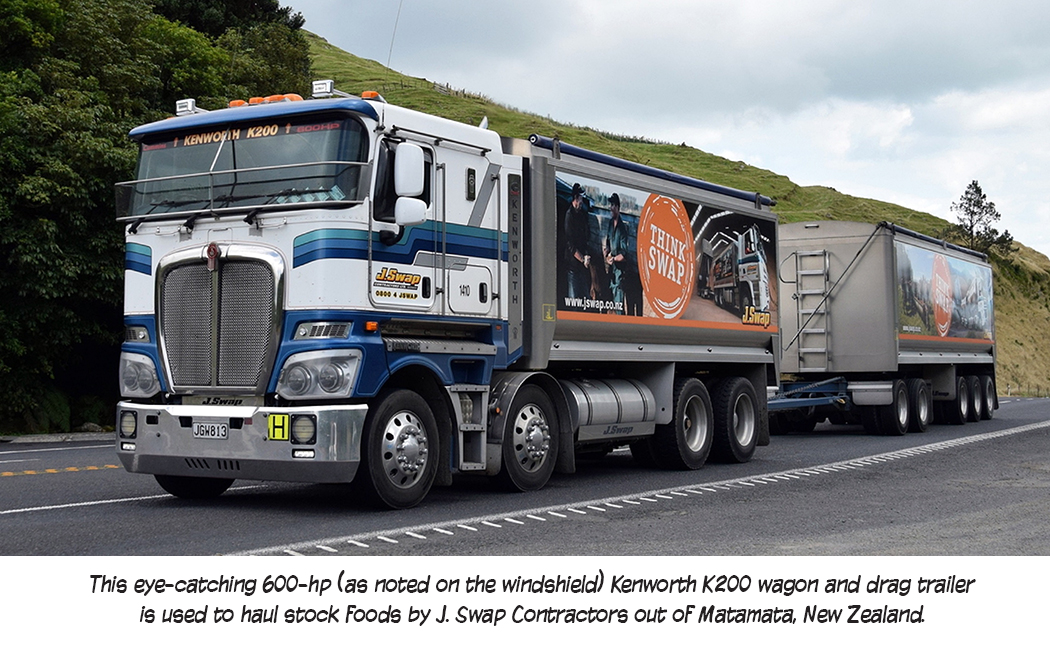
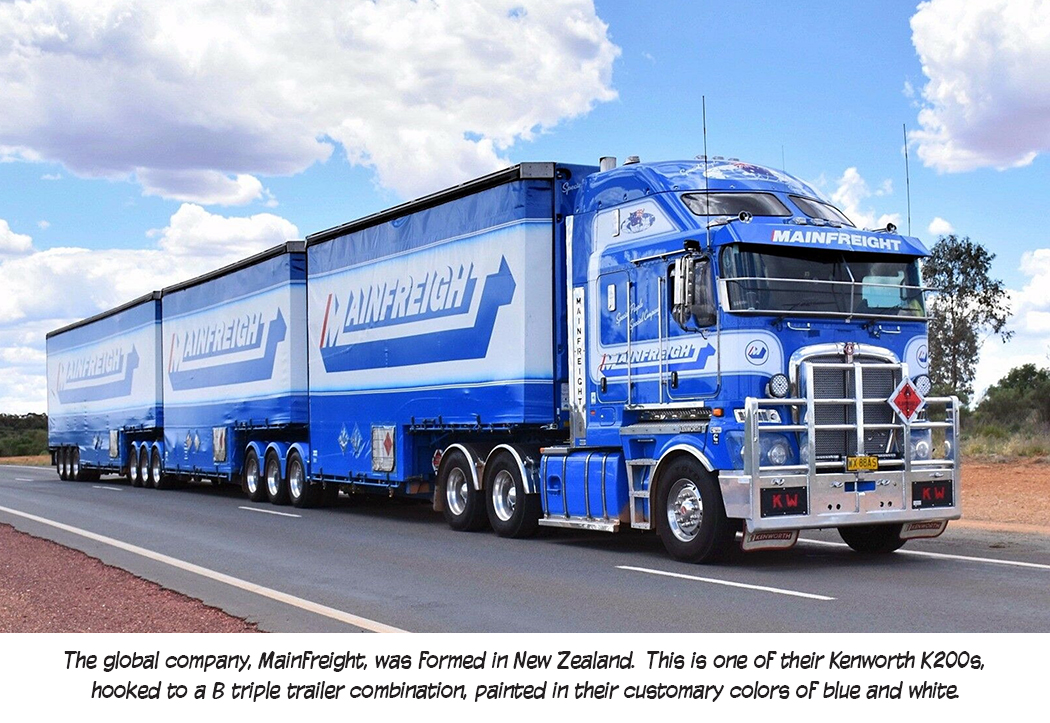
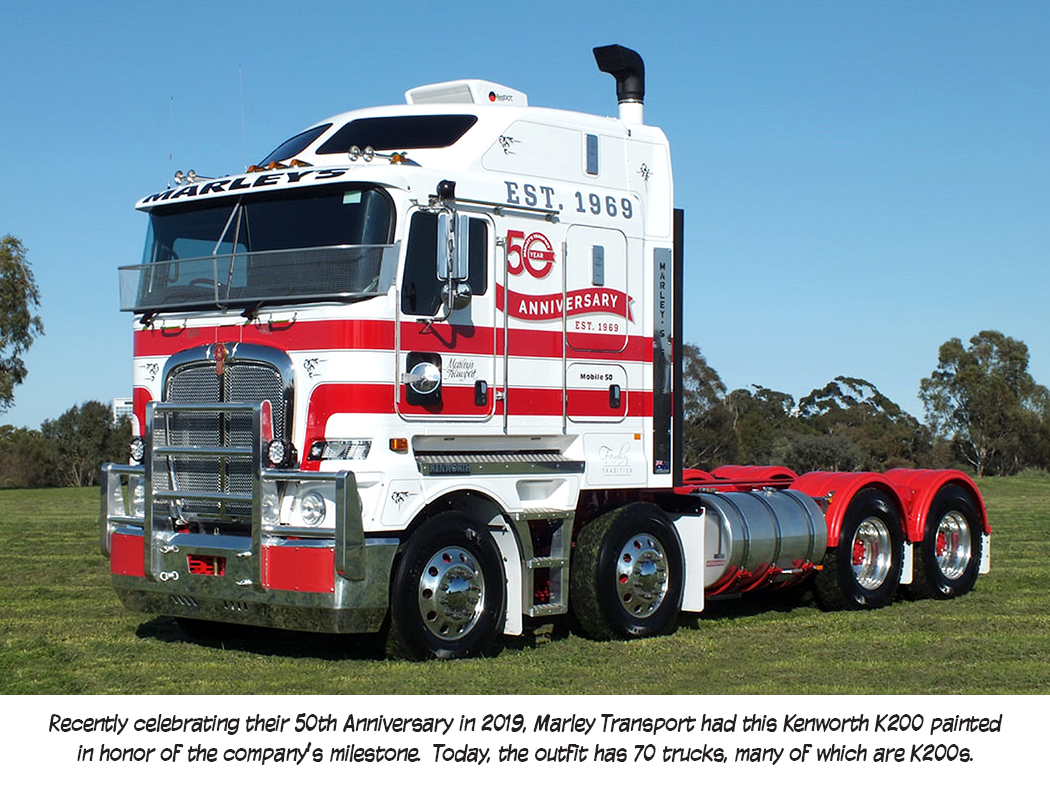
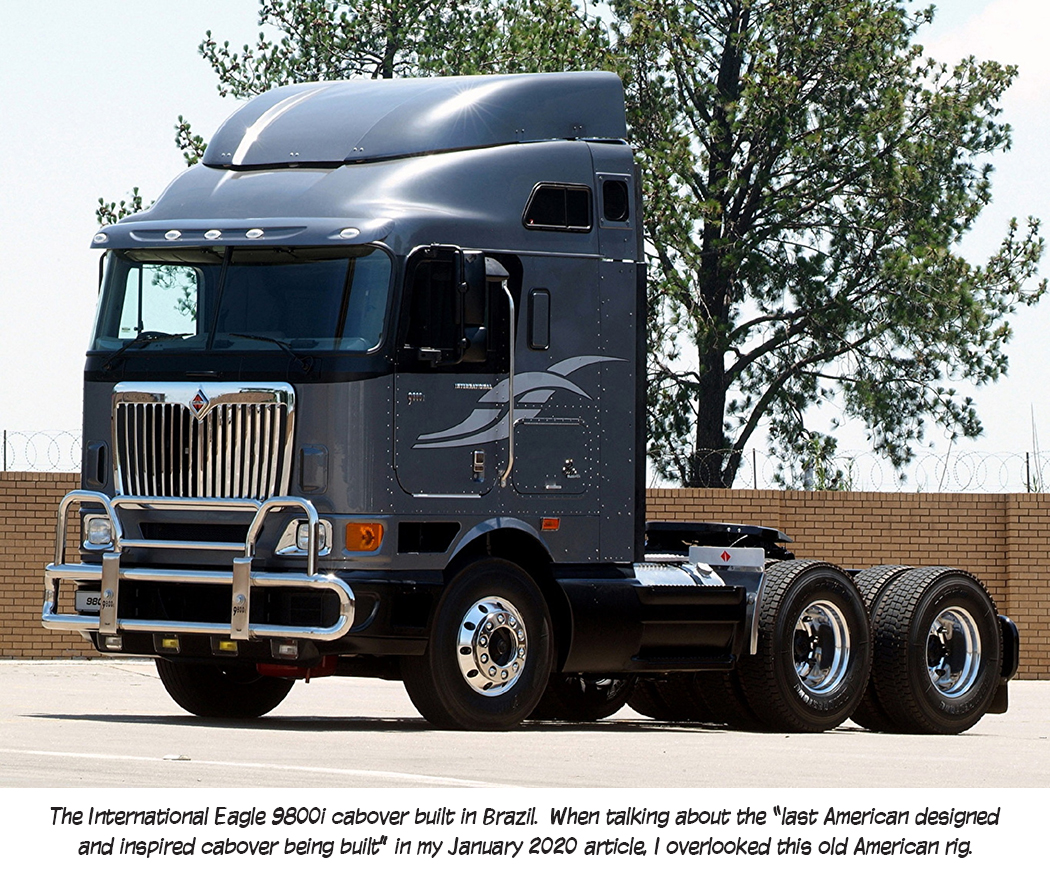
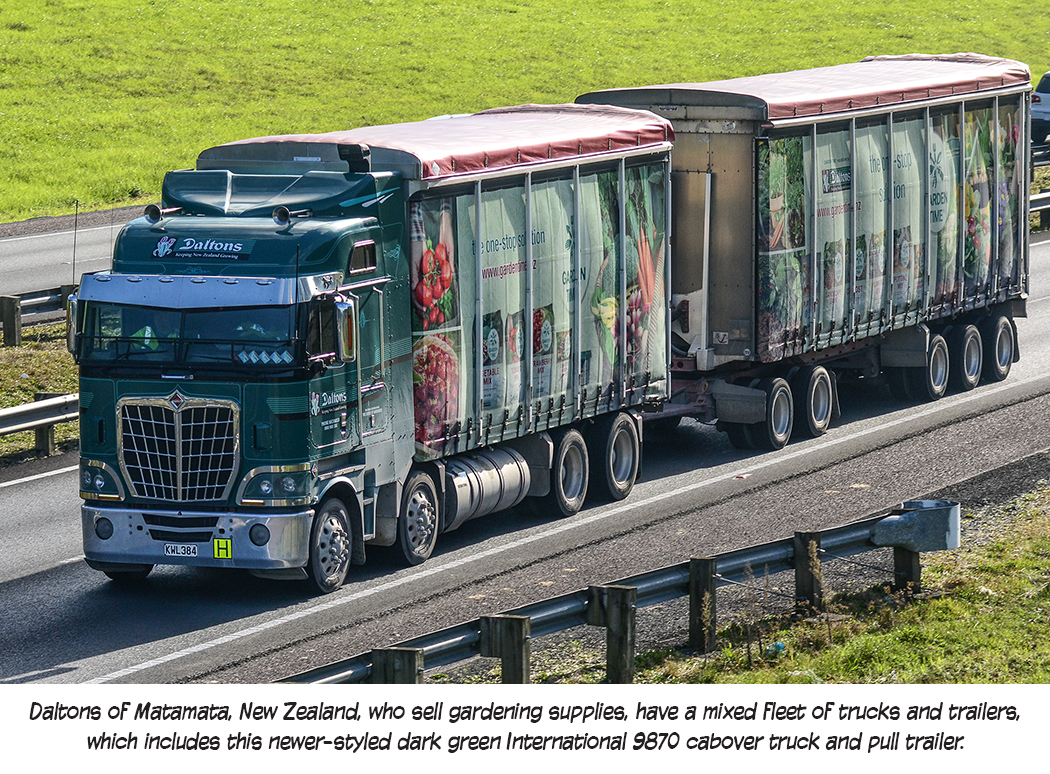
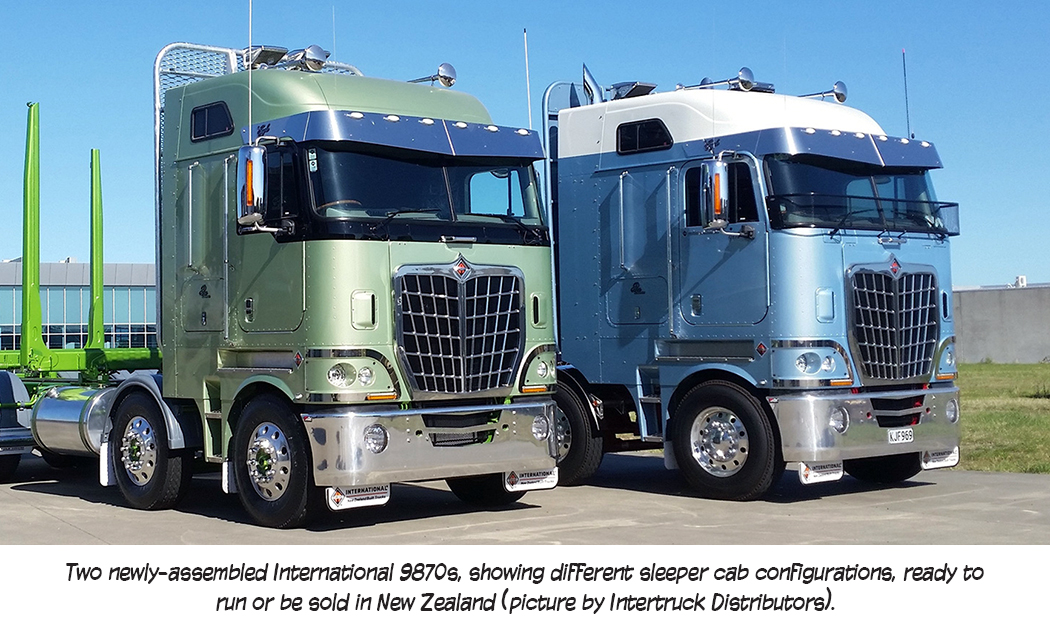
3 Comments
they still make a cab over in nz international 9870 check it out !
That is exactly what the story says!
We don’t have the International 9870 in Australia,the last International c/o Was a local based ACCO and The last trucks were Tline and Atkinson c/o that got phased out by the brand owner Iveco who sold their own built c/o.You could get the International c/o in NZ but not here.Its like Mack who built the trucks in Australia c/o Ultraliner but Mack Owner Volvo trucks wanted to use the Volvo so that was the end of the Mack c/o.